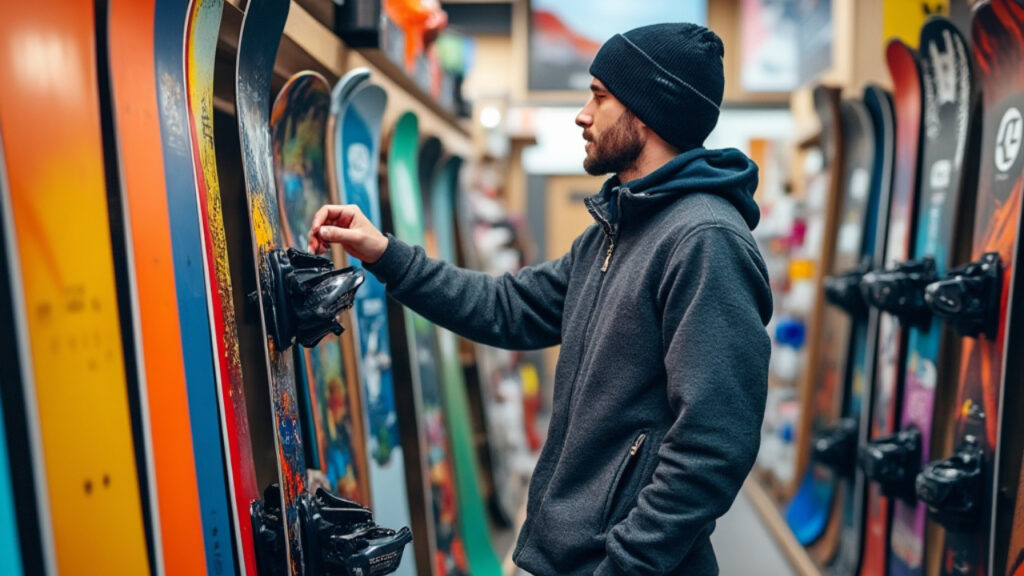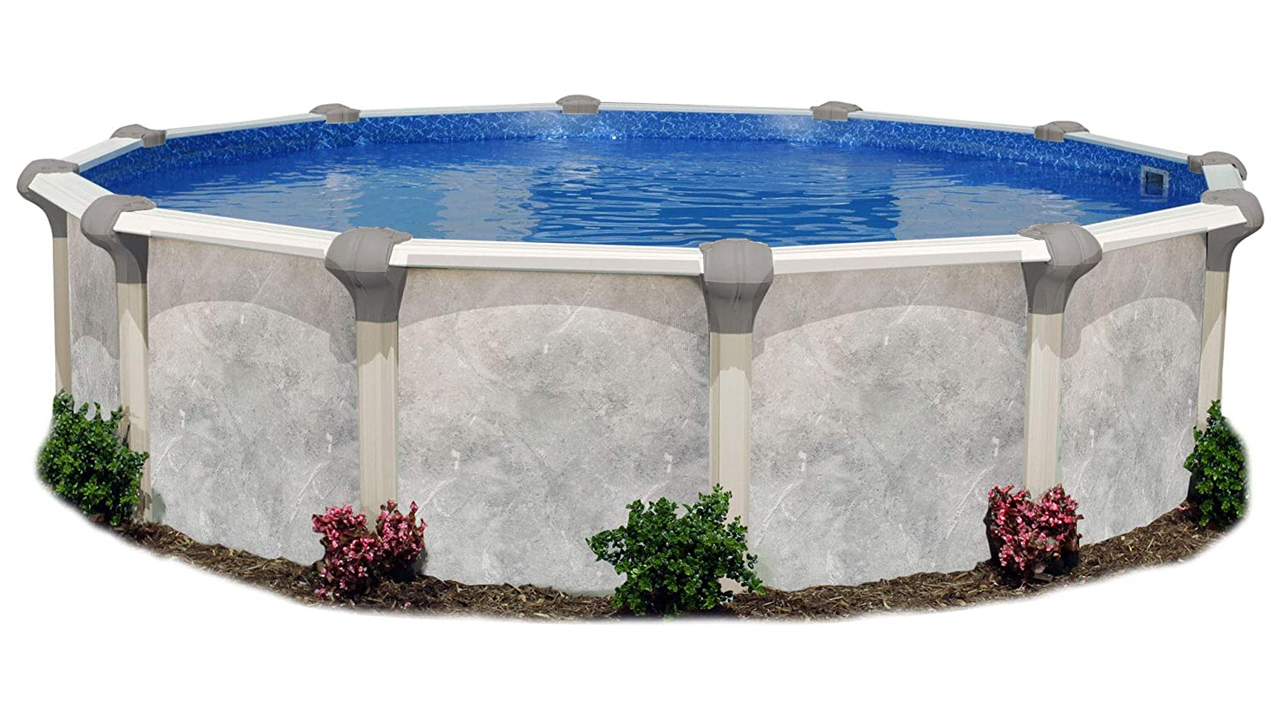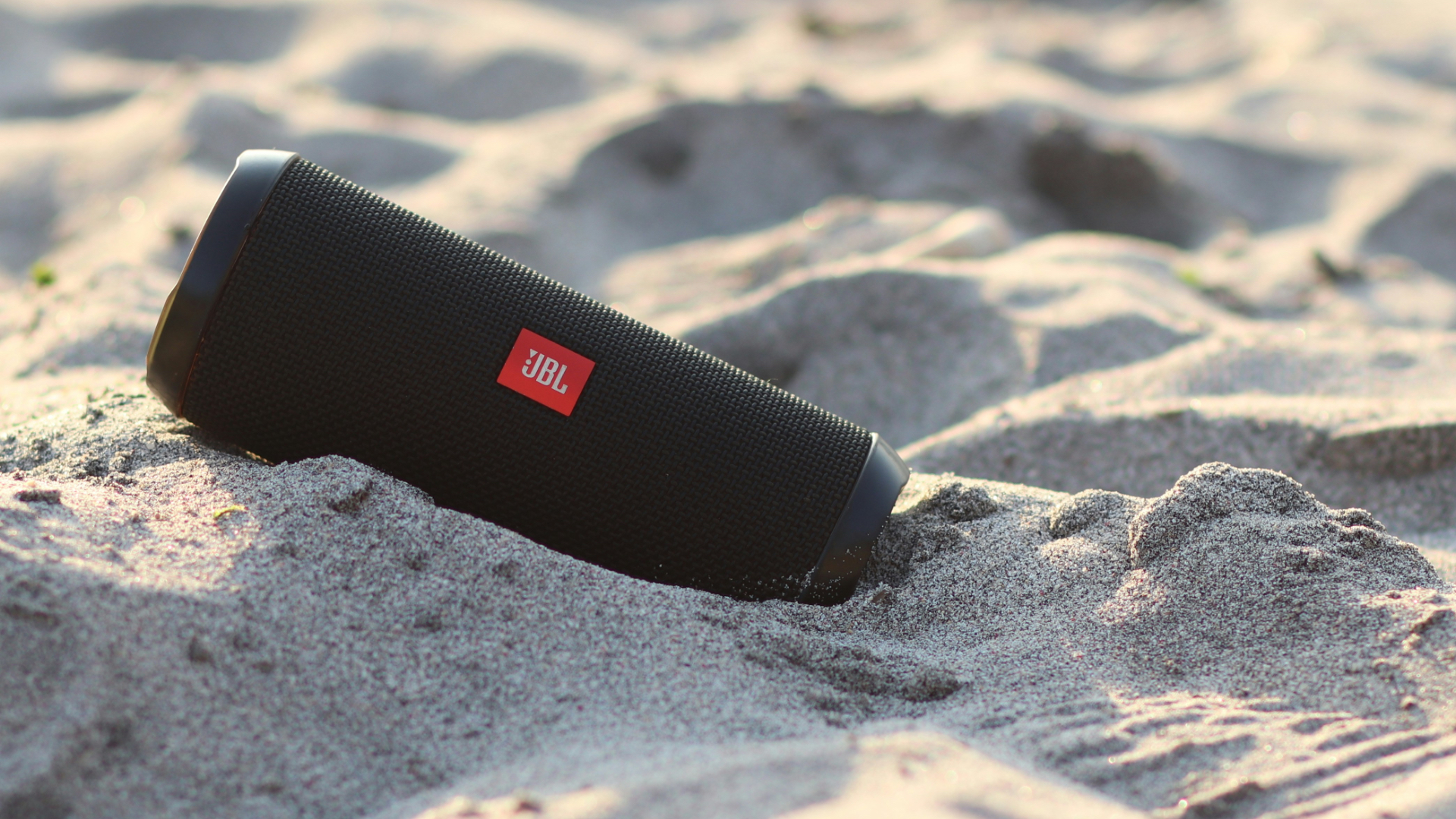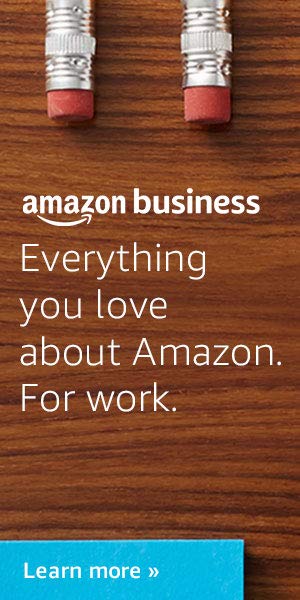Buying a snowboard can feel like navigating a maze, with options to suit every riding style, terrain, and skill level. Whether you’re drawn to pristine powder, adrenaline-fueled chutes, or playful park runs, buying the right snowboard will elevate your experience. Below, we’ll cover essential factors, from board types and shapes to camber profiles and length, to ensure you make a confident choice.
Different Types of Snowboards and Their Purposes

Snowboards are designed with specific terrains in mind, and the board type you choose should match the kind of snowboarding you plan to do most often.
Understanding Snowboard Length and Weight
The length of your snowboard significantly impacts performance. Traditionally, the “nose-to-chin” rule was used to determine length, but weight is actually a more precise measure. Your weight affects how the board flexes, carves, and absorbs impacts, making it a key factor in choosing the right length. Manufacturers often include weight ranges for each model to help buyers make a selection that aligns with their weight. For instance, if you weigh around 150 lbs., look for boards in the 150-160 cm range, though slightly shorter or longer can work depending on your preferred style.
Additionally, consider your skill and riding preferences when choosing length. A shorter board is more maneuverable, ideal for beginners or those interested in tricks. Advanced riders who want more stability for high-speed descents might prefer a slightly longer board.
Camber and Rocker Profiles Explained
Camber and rocker profiles describe the arc of the board when viewed from the side, impacting how it performs underfoot. A cambered board has an arch underfoot and flattens when weight is applied, creating stability and control at high speeds. Rocker, also known as reverse camber, is the opposite—these boards have an upward curve at the tips and tail, allowing for better float in powder and a more forgiving feel.
For beginners or riders who want versatility, a hybrid camber-rocker board is often a smart choice. These boards combine camber underfoot for grip and pop with rocker at the tips for easier turning. Flat boards, as the name suggests, are flat between the feet, offering a balance between edge control and playfulness. They’re popular for park and powder alike, depending on the board’s other features.
Selecting the Right Width

Before buying, choosing the right snowboard width is essential to achieving optimal control and comfort. If the board is too narrow, your boots will hang over the edge, causing them to drag on the snow. If it’s too wide, you’ll struggle to shift edges efficiently, making turns feel sluggish.
To determine the correct width, try standing on a board with your boots in the bindings. Ideally, your toes and heels should extend slightly over the edges. Many manufacturers specify board widths in millimeters, providing a guideline based on boot size. Riders with larger feet should look for “wide” models to avoid toe drag, while those with smaller feet can opt for narrower boards for easier maneuverability.
Choosing the Ideal Snowboard Shape Before Buying
Snowboard shape affects how the board handles different riding styles. Directional boards, with a pronounced nose and tapered tail, are designed to excel when ridden in a single direction. They offer stability and are often chosen by freeride and powder enthusiasts.
Twin boards, which are symmetrical from tip to tail, are popular among park riders. They perform equally well whether ridden forward or backward, ideal for those who enjoy spins and tricks. Directional twin boards provide a middle ground—they’re almost symmetrical but slightly set back for better carving on groomed runs while retaining some versatility.
Flex: Finding the Right Balance
Flex, or the stiffness of the board, impacts how responsive and forgiving it feels. Soft-flexing boards are easier to turn and more forgiving, often recommended for beginners or those who prioritize playful riding. They’re also a popular choice for park riders who want a board that will bend underfoot for rail tricks and jumps.
Stiffer boards, by contrast, are designed for high-speed stability and aggressive carving. Experienced riders and those seeking a challenge might prefer the responsiveness of a stiffer board. Flex varies significantly between brands, so consult the board’s description or try bending it yourself if possible. Opt for a medium flex for all-around performance if you’re unsure.
Exploring Base Materials and Edge Features
Two types of polyethylene—extruded and sintered—are typically used in snowboard bases. Extruded bases are durable and require minimal maintenance, making them ideal for beginners. However, sintered bases, which are denser, hold wax better, providing a faster, more responsive ride favored by experienced snowboarders.
Additionally, pay attention to the effective edge, the part of the snowboard edge that actually contacts the snow. A longer effective edge provides more grip, making it a wise choice for high-speed runs or icy conditions. For park riders or those focusing on agility, a shorter effective edge allows for quicker, more dynamic turns.
Timing Your Purchase: Seasonal Tips for Getting the Best Deal

Timing your purchase can save you significantly. Snowboard shops often discount older inventory in late winter or early fall to make room for new models, so these are the best times to find bargains. Many popular online retailers like Evo or Backcountry.com also offer year-round discounts, especially as new inventory arrives. However, don’t overlook local shops, which can offer expert advice and often match or beat online prices.
Getting the Most Out of Your Snowboard: Demo Before You Buy
If possible, demoing snowboards can be an excellent way to experience different shapes, flex levels, and sizes firsthand. Many resorts and shops offer demo programs that allow you to try several boards over a few days. This can provide a real feel for what works best for you, preventing costly mistakes.
Final Thoughts:
Choosing the right snowboard before buying requires balancing several factors, from your weight and riding style to the shape, camber, and flex of the board. By understanding these elements, you’re well-equipped to select a board that matches your ambitions, ensuring a better experience on the slopes. Whether you’re aiming to carve through powder, catch air in the park, or cruise down groomed runs, there’s a perfect snowboard waiting to elevate your ride.







